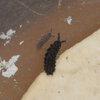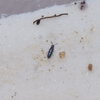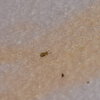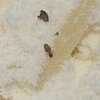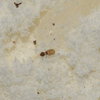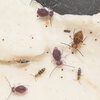XxSpiderQueenxX
Arachnobaron
- Joined
- Feb 14, 2019
- Messages
- 321
Oh, so the springtails live directly on the plaster? is there any need for substrate like leaf mulch or anything?Pour a th
Pour a thin, watery layer of plaster/water mix into the bottom of a somewhat deep container and let it cure. Thats it.

